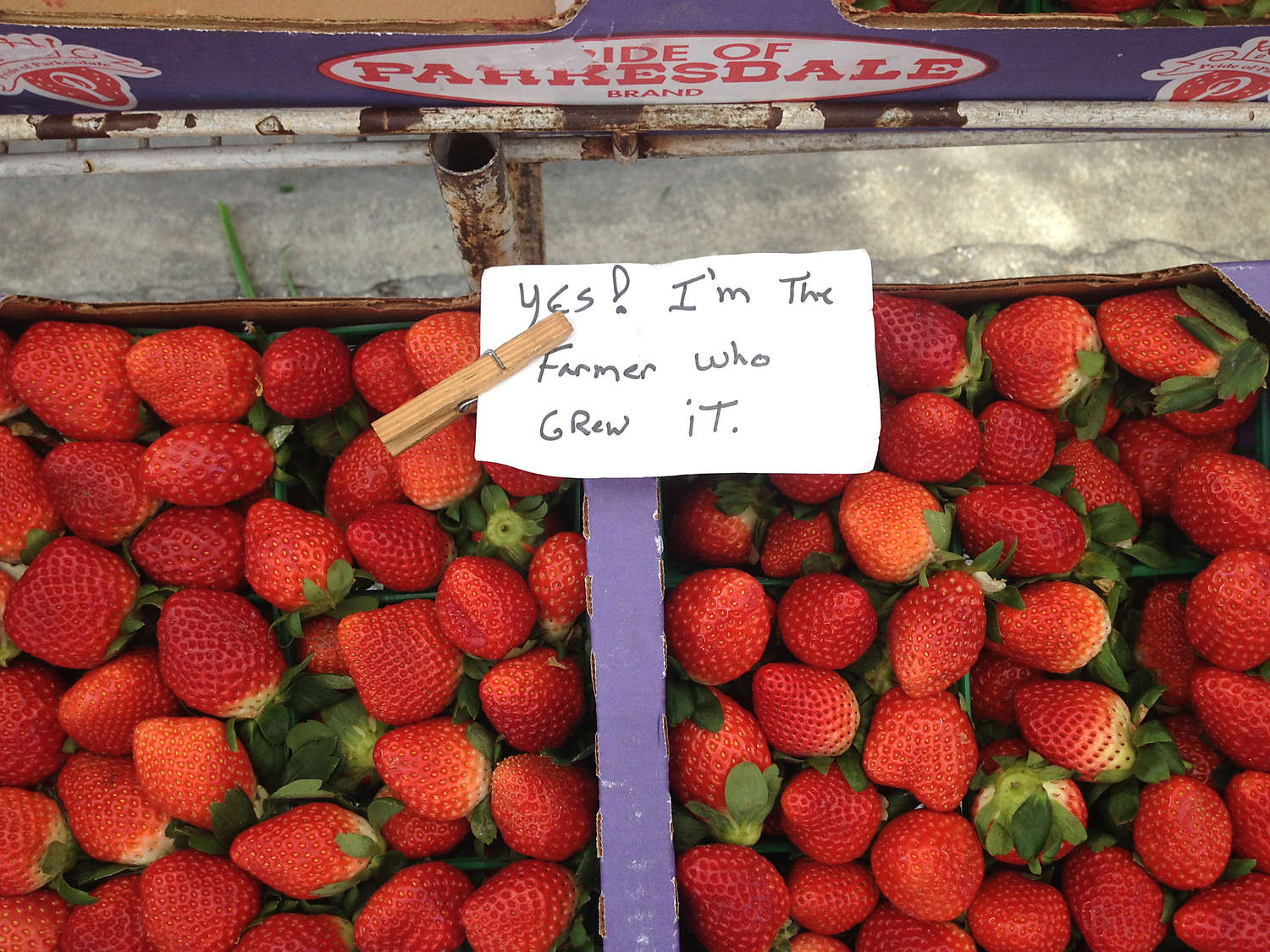The state-of-the-art Census of Agriculture, released the day past by the U.S. Department of Agriculture (USDA), indicates some of the acquainted trends: farm consolidation is continuing; the essential agribusinesses are growing in variety and acreage; the average age of American farmers continues to be hiking, and mid-sized farms are fading away.
While five percent of the farms are generating 75 percent of the nation’s food, the facts suggest a nice extra trend: The numbers of tiny farms, ladies’ operators, and young farmers all appear on the rise. And, while we drilled down, we observed that photography is a long way more complicated.

The Census of Agriculture is carried out every five years using the USDA’s National Agriculture Statistics Service (NASS). The employer collects demographics, economics, land, and farm activities without delay from farmers and ranchers. That record is crucial as it tells the tale about farming inside the U.S. It is utilized by media corporations, educators, the government, and personal areas to shape agriculture choices.
The small farm relies upon is a crucial indicator because smaller operations are frequently (if not continually) seen as related to younger farmers, more excellent assorted farm operations, extra-human beings dwelling in rural regions, and so on. But census methodology, current adjustments in census outreach, and how authorities researchers tabulate the information may also clearly prove that small farms aren’t growing under full pressure. A few experts say there’s no proof that the wide variety of small farms is growing—in some categories, including young farmers, the range ought to be declining.
